Unique Temple Of The Condor In Machu Picchu: 3D Spectacular Inca Stonemasonry
A. Sutherland - AncientPages.com - The Temple of the Condor in Machu Picchu is spectacular and one of many examples of extraordinary Inca stonemasonry. It is also one of several local temples located in the sacred area of these ancient people.
The Temple of the Condor, located in the South East of the urban sector of the Citadel of Machu Picchu, is unique. It has an irregular shape that has been built to the outlines of the pre-existing rock that began to take shape millions of years ago.
The condor - South America's largest bird that granted the status of King of the Andes, was sacred, mystical bird, a deity to the Incas and to honor this bird, they skillfully shaped the small temple into the outspread wings of a flying condor, which is known to have a wingspan of up to 8 feet, and it can fly to great heights.
The Condor was a sacred bird for all the people of the Andes. The bird was a divine symbol of fertility and people believed that by moving its enormous wings, the bird could gather clouds producing rain, the best fertilizer for the land.
The Condor was and is still admired as a symbol of power and majesty.
On the floor of the temple is a rock carved in the shape of the condor's head and neck feathers, resembling the figure of a three-dimensional bird.
See also:
Unraveling The Mystery Of The Phoenix: The Bird Of Immortality
Manco Capac: Legendary Founder Of The Inca Dynasty Of Peru
The temple was built above the carved wings of the bird, while below the rock was a small alcove for offerings.
It is believed that the head of the bird was used as a sacrificial altar, and a small cave or rather alcove that contained a mummy was discovered under the temple.
There are caves for rituals and stone carvings which have been said to be a representation of a Condor.
Behind the temple, there are remains of a prison complex with human-sized niches and an underground network of dungeons.
Historical chronicles confirm that there were several similar Inca prison sites; an accused citizen would be shackled into the niches for up to 3 days to await the deliberation of his fate. He could be put to death for diverse sins such as theft, laziness, or lust.
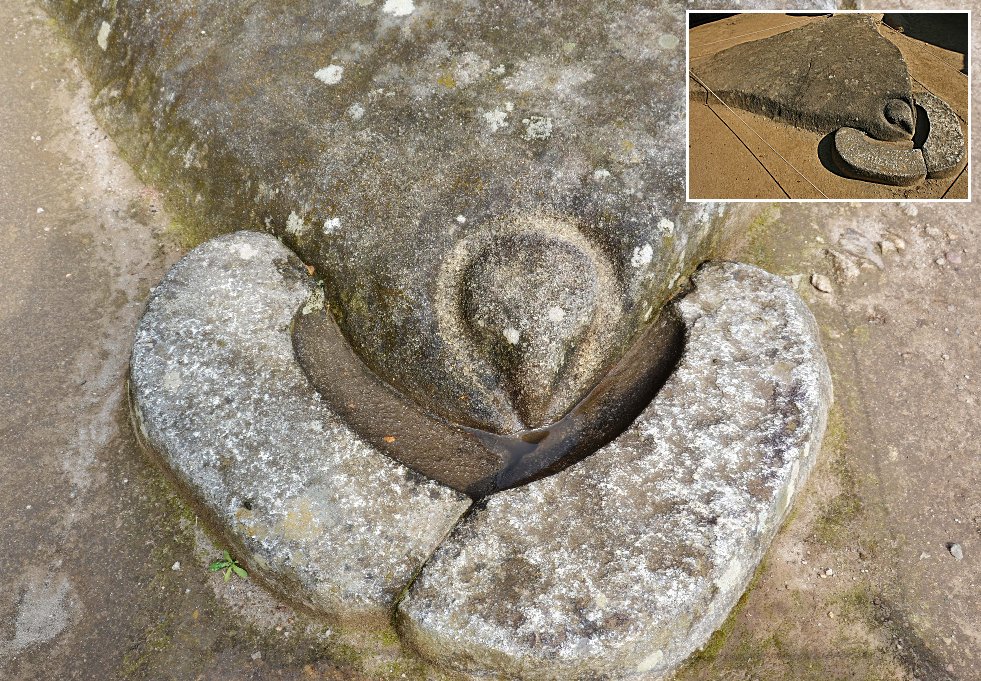
Sculpture of the condor's head and body, Temple of the Condor, Machu Picchu, Peru. Photo: Beto Santillán. Machu Picchu Tours
According to one theory, the prisoners were sacrificed as an offering to the condors and they were kept in the cells, located beneath the Temple of the Condor.
Undoubtedly, this was a place specifically built for worshiping the “Apu Kuntur” (condor), which was one of the three sacred animals in the Inca culture, as well as the serpent and the puma (mountain lion).
Written by – A. Sutherland AncientPages.com Staff Writer
Copyright © AncientPages.com All rights reserved. This material may not be published, broadcast, rewritten or redistributed in whole or part without the express written permission of AncientPages.com
Expand for referencesMore From Ancient Pages
-
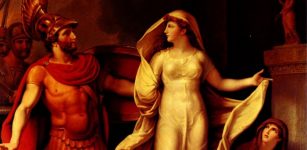 Tragic Tale Of The Cursed House Of Atreus
Featured Stories | Apr 12, 2021
Tragic Tale Of The Cursed House Of Atreus
Featured Stories | Apr 12, 2021 -
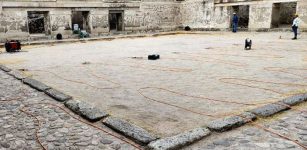 Has The Mysterious Ancient Underground Labyrinth Of Mitla Finally Been Found?
Archaeology | Aug 14, 2023
Has The Mysterious Ancient Underground Labyrinth Of Mitla Finally Been Found?
Archaeology | Aug 14, 2023 -
 Amazing Margate Shell Grotto – Kent’s Greatest Mystery
Featured Stories | Jun 10, 2014
Amazing Margate Shell Grotto – Kent’s Greatest Mystery
Featured Stories | Jun 10, 2014 -
 Interesting Relief Sculpture Of Pharaoh Hatshepsut Found At Swansea University
Archaeology | Mar 27, 2018
Interesting Relief Sculpture Of Pharaoh Hatshepsut Found At Swansea University
Archaeology | Mar 27, 2018 -
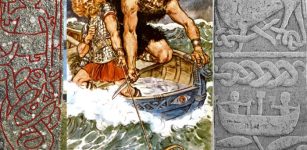 Thor And Tyr Journey To Hymir’s Hall To Steal Huge Cauldron – In Norse Mythology
Featured Stories | Jun 6, 2023
Thor And Tyr Journey To Hymir’s Hall To Steal Huge Cauldron – In Norse Mythology
Featured Stories | Jun 6, 2023 -
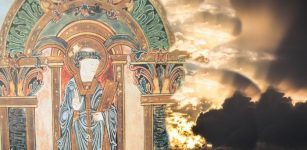 St. Swithin’s Day And The 40 Days’ Weather Prophecy
Featured Stories | Jul 15, 2023
St. Swithin’s Day And The 40 Days’ Weather Prophecy
Featured Stories | Jul 15, 2023 -
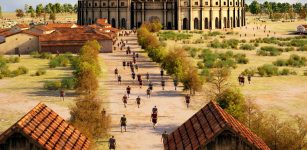 New Discoveries Regarding Gladiatorial Games In Roman City Of Carnuntum
Archaeology | Apr 7, 2017
New Discoveries Regarding Gladiatorial Games In Roman City Of Carnuntum
Archaeology | Apr 7, 2017 -
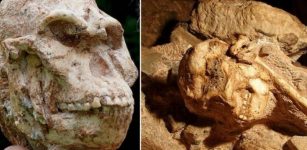 Skull Reveals Little Foot Was Capable Of Different Head Movements Than Modern Humans
Human Beginnings | Mar 25, 2020
Skull Reveals Little Foot Was Capable Of Different Head Movements Than Modern Humans
Human Beginnings | Mar 25, 2020 -
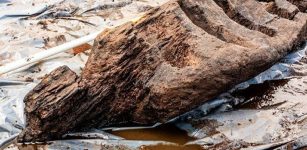 Rare 1,600-Year-Old Wooden Pagan Idol Discovered In Ireland
Archaeology | Aug 16, 2021
Rare 1,600-Year-Old Wooden Pagan Idol Discovered In Ireland
Archaeology | Aug 16, 2021 -
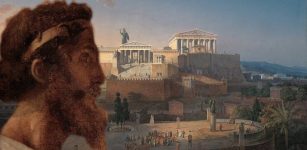 Popular Tyrant Peisistratos Tricked The Athenians To Seize Power And People Loved Him
Featured Stories | Jan 12, 2021
Popular Tyrant Peisistratos Tricked The Athenians To Seize Power And People Loved Him
Featured Stories | Jan 12, 2021 -
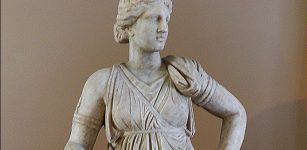 Goddess Artemis – One Of The Most Respected Olympians
Featured Stories | Oct 1, 2016
Goddess Artemis – One Of The Most Respected Olympians
Featured Stories | Oct 1, 2016 -
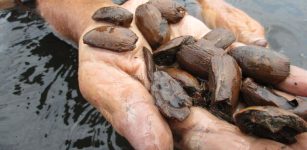 Rare Ancient Underwater Maya Ruins And Salt Kitchens Discovered
Archaeology | Oct 13, 2022
Rare Ancient Underwater Maya Ruins And Salt Kitchens Discovered
Archaeology | Oct 13, 2022 -
 On This Day In History: HMS Challenger Begins Scientific Exploration Of Oceans – On Dec 21, 1872
News | Dec 21, 2016
On This Day In History: HMS Challenger Begins Scientific Exploration Of Oceans – On Dec 21, 1872
News | Dec 21, 2016 -
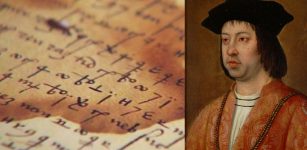 King Ferdinand’s Secret Code Deciphered After 500 Years
Archaeology | Feb 14, 2018
King Ferdinand’s Secret Code Deciphered After 500 Years
Archaeology | Feb 14, 2018 -
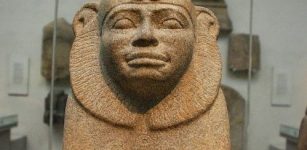 Taharqa – The Most Powerful Of The Black Pharaohs
Featured Stories | Jan 29, 2016
Taharqa – The Most Powerful Of The Black Pharaohs
Featured Stories | Jan 29, 2016 -
 Ancient Tradition And True Meaning Of Candy Canes
Ancient Traditions And Customs | Dec 24, 2015
Ancient Tradition And True Meaning Of Candy Canes
Ancient Traditions And Customs | Dec 24, 2015 -
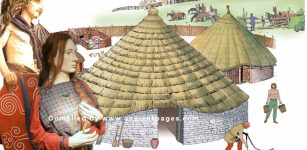 Celts: Facts And History About The Powerful And Intriguing People Of Central And Northern Europe
Civilizations | Aug 7, 2022
Celts: Facts And History About The Powerful And Intriguing People Of Central And Northern Europe
Civilizations | Aug 7, 2022 -
 What Were Victorian Bathing Machines?
Ancient History Facts | Jun 9, 2018
What Were Victorian Bathing Machines?
Ancient History Facts | Jun 9, 2018 -
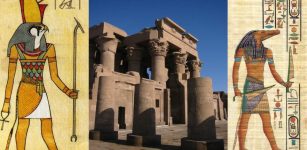 Unusual Double Temple Of Kom Ombo Dedicated To Crocodile God Sobek And Falcon-Headed God Horus
Featured Stories | Mar 14, 2016
Unusual Double Temple Of Kom Ombo Dedicated To Crocodile God Sobek And Falcon-Headed God Horus
Featured Stories | Mar 14, 2016 -
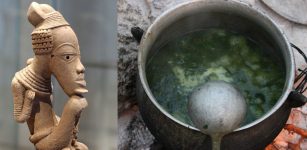 First Insight Into 3,500-Year-Old Cuisine Of The Enigmatic Nok Culture
Archaeology | Jan 17, 2022
First Insight Into 3,500-Year-Old Cuisine Of The Enigmatic Nok Culture
Archaeology | Jan 17, 2022



